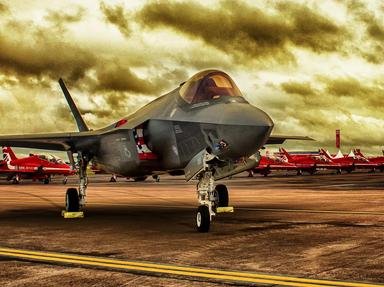Quiz Answer Key and Fun Facts
1. The first Royal Navy nuclear submarines to have all British developed equipment was a class of two which carried the names HMS 'Valiant' and HMS 'Warspite'. Both of them were named for battleships that were also part of the same class. Which class did they belong to?
2. The Type 42 was the Royal Navy's primary class of air defence destroyer during the final quarter of the 20th century, which each ship named after a British city. Which Type 42 was named for the lead ship of a class of cruiser during the Second World War?
3. In 1939, the South Atlantic Squadron consisted of four cruisers, all of which took part in the battle against, pursuit of, and eventual sinking of the German heavy cruiser 'Admiral Graf Spee'. The names of all four were subsequently given to frigates and destroyers of the Cold War, but which of these was commissioned last?
4. In 1951, the aircraft carrier HMS 'Eagle' was commissioned. The previous 'Eagle' was also an aircraft carrier, but had originally been planned as a battleship. For which country was this battleship being built?
5. In 1973, the first of the so-called "through-deck cruisers" was laid down. Planned as a class of three, they were subsequently re-designated as light aircraft carriers, each carrying a famous name beginning with the letter 'I'. Which of these names had NOT been previously used as the name of an aircraft carrier?
6. The Royal Navy's first ballistic missile submarines were all named for capital ships that served in both world wars. Which of these capital ships was the only one not to survive World War II?
7. HMS 'Ardent' was one of two Type 21 frigates sunk during the Falklands War in 1982. The previous 'Ardent' was also lost in combat, this time during the Second World War, while trying to defend which aircraft carrier?
8. A total of nine out of the fourteen Type 42 destroyers were named for Town-class cruisers that served during the Second World War. Which of the remainder was named for a ship that did not see service in the Second World War?
9. The Royal Navy's second class of ballistic missile submarines were all given names that begin with the letter 'V'. Which of the four names had NOT been previously used for either a battleship or an aircraft carrier?
10. The last conventional cruiser in service in the Royal Navy carried the name that had previously been used by Admiral Beatty's flagship at the Battle of Jutland in 1916. What name did they share?
Source: Author
Red_John
This quiz was reviewed by FunTrivia editor
stedman before going online.
Any errors found in FunTrivia content are routinely corrected through our feedback system.
